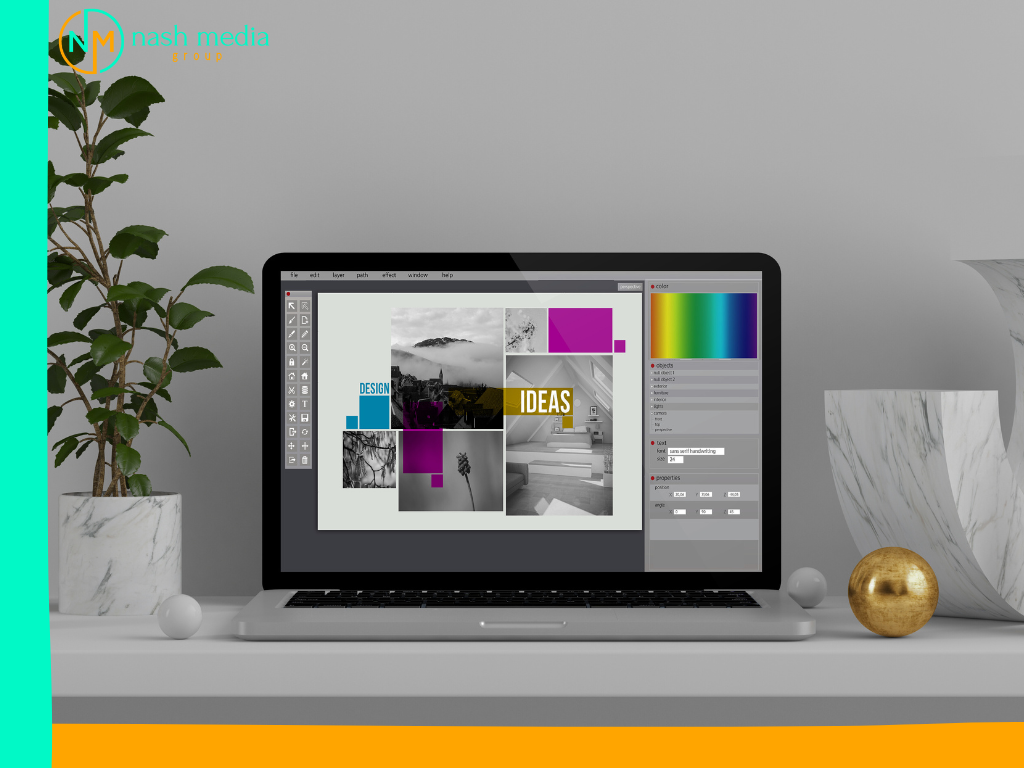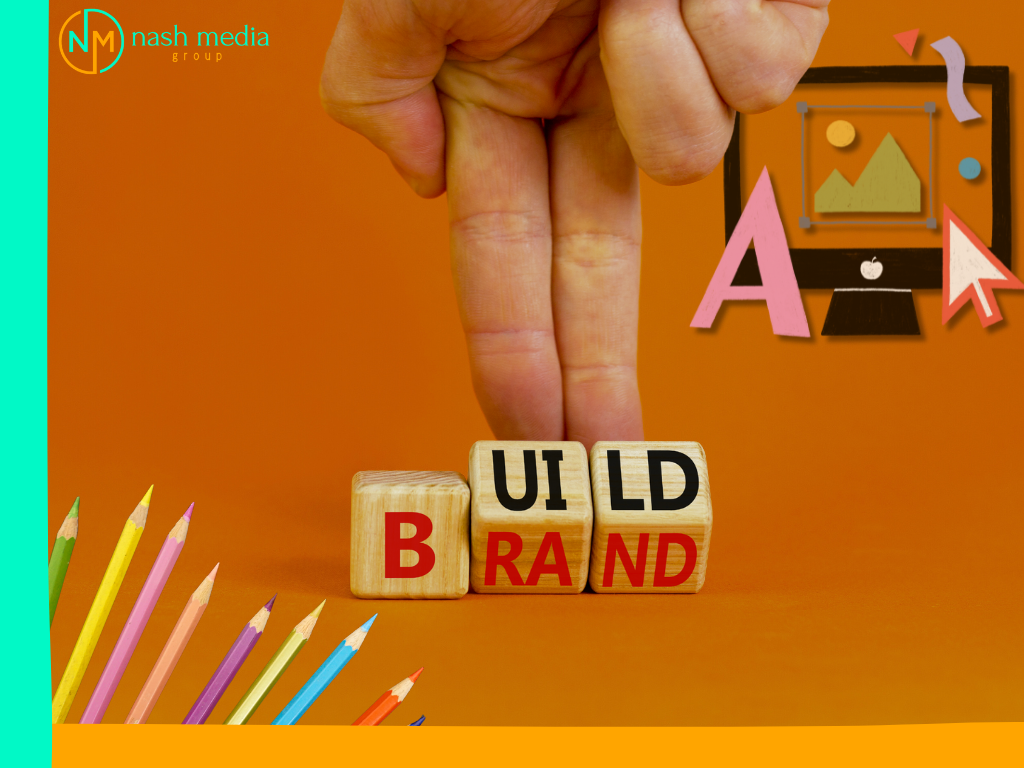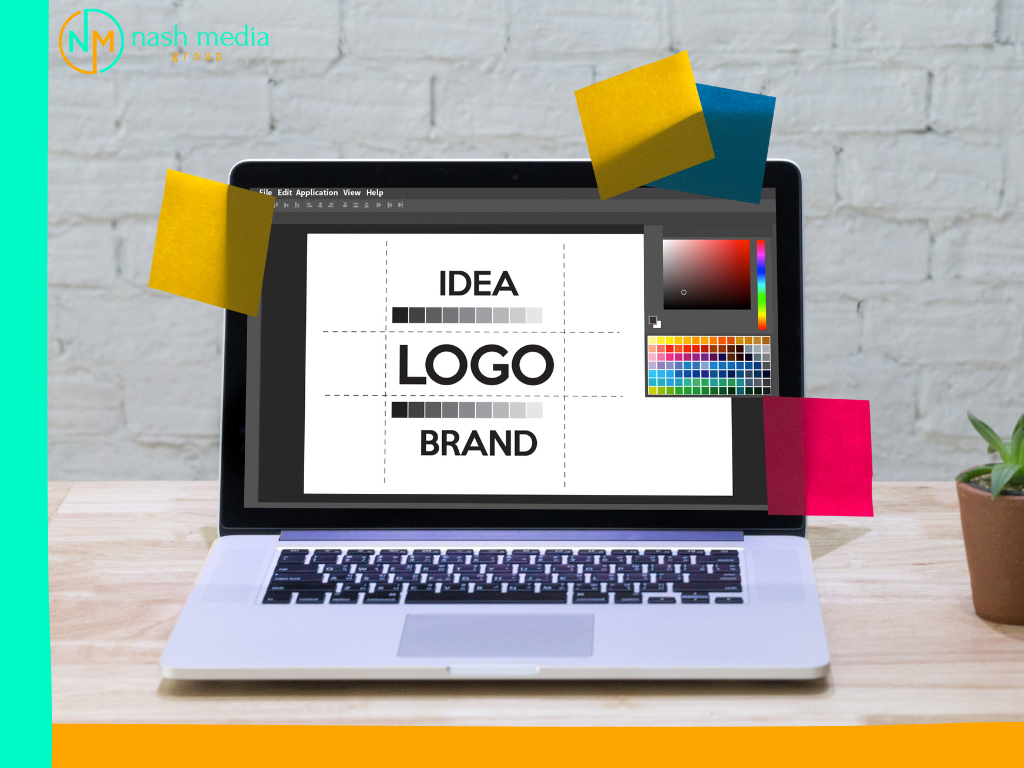This subject can be approached from several perspectives, but the basic role of graphic design is communication.
Graphic design is an integral aspect of our everyday lives, whether we recognise it or not. From the logos on our favourite items to the structure of a website, graphic design impacts how we perceive and interact with what is around us. But what is the most basic and important function of graphic design?
Graphic design is about more than just making things seem attractive; it’s about communicating a message, telling a story, and creating an experience. Let us go further into this fundamental function and examine the various parts that make communication the foundation of graphic design.

The Role of Visual Communication
At its fundamental level, graphic design is a type of visual communication. It conveys messages and information using typography, colour, images, and layout.
Does the human brain analyse visuals better?
The human brain analyses visuals 60,000 times quicker than text, making visual communication a useful method for conveying information swiftly and accurately.
Typography
The Voice of the Design with fonts
Typography is the practice of arranging text to make written language comprehensible and visually appealing. Various typefaces may trigger different emotions and express distinct meanings. For example, a bold, sans-serif typeface can represent strength and modernism, whereas a script font can recall elegance and tradition.
Colour
The Emotional Palette of graphic design
Colour is an important aspect of graphic design. It can create the tone for a design, evoke emotions, and even impact behaviour. Diverse colours produce diverse psychological effects. Blue, for example, might generate sentiments of tranquilly and trust, whilst red evokes thoughts of excitement and urgency. Understanding colour theory and how different hues interact is critical to efficient visual communication.
Imagery
The Power of Pictures in graphic designing
Imagery, whether through photography, illustration, or iconography, is a key element of graphic design. A well-chosen image can convey complicated ideas in a swift manner. It can also establish a relationship with the audience, making the message memorable.
Layout
The Structure of Communication when designing graphics
Layout refers to the organisation of visual components on a page. An effective layout directs the viewer’s eye across the design, ensuring that the most important information appears first. It establishes a visual hierarchy, allowing the message to be communicated more effectively.

Building Brand Identity through effective graphic design
Another important purpose of graphic design is to create and maintain brand identity. A consistent and well-designed brand identity enables firms to stand out in a congested marketplace while also building trust with their target audience. Your brand identity may make or break your business since it not only communicates values but also generates marketplace communication.
Logo Design
The Face of the Brand
A logo tends to be the first thing people recognise about a brand. It should be straightforward, memorable, and versatile. A well-designed logo captures the essence of the brand and conveys it in an instant.
Consistency
The Key to Recognition
Consistency in design elements including colour schemes, typography, and imagery contributes to a unified brand identity. This consistency makes the brand more recognisable and fosters credibility with the audience.

Enhancing User Experience
In the digital age, graphic design plays a crucial role in enhancing user experience (UX). Good design makes websites, apps, and other digital interfaces more intuitive and enjoyable to use.
User Interface Design
Balancing Form and Function with graphic designing
User interface (UI) design is all about creating interfaces that are easy to use and visually appealing. It involves designing buttons, menus, icons, and other interactive elements that make the user experience seamless and enjoyable.
Accessibility
Design for All
Accessibility is an important consideration in graphic design. Good design ensures that information is accessible to all users, including those with disabilities. This involves using readable fonts, appropriate color contrasts, and clear navigation.

A Checklist for Effective Graphic Design
Creating effective graphic design involves several key considerations. Here is a checklist to ensure your designs are on point
Clear Message
Ensure your design communicates the intended message clearly and effectively.
Appropriate Typography
Choose fonts that enhance readability and convey the right tone.
Effective Use of Color
Use color to evoke the right emotions and highlight important information.
Strong Imagery
Select images that support and enhance the message.
Cohesive Layout
Organize elements to guide the viewer’s eye and create a visual hierarchy.
Brand Consistency
Maintain consistency with brand guidelines to strengthen brand identity.
User-Centric Design
Design with the end user in mind, focusing on usability and accessibility.

Graphic design is a powerful tool that goes beyond aesthetics. It’s about communication, brand identity, and user experience. Whether you’re a business owner looking to enhance your brand or a designer aiming to create impactful work, understanding the fundamental function of graphic design is really important. Contact Nash Media Group today to discover how our expert designers can help you communicate your message effectively and create a memorable brand identity for your target audience. Let’s bring your ideas and imagination to life!




